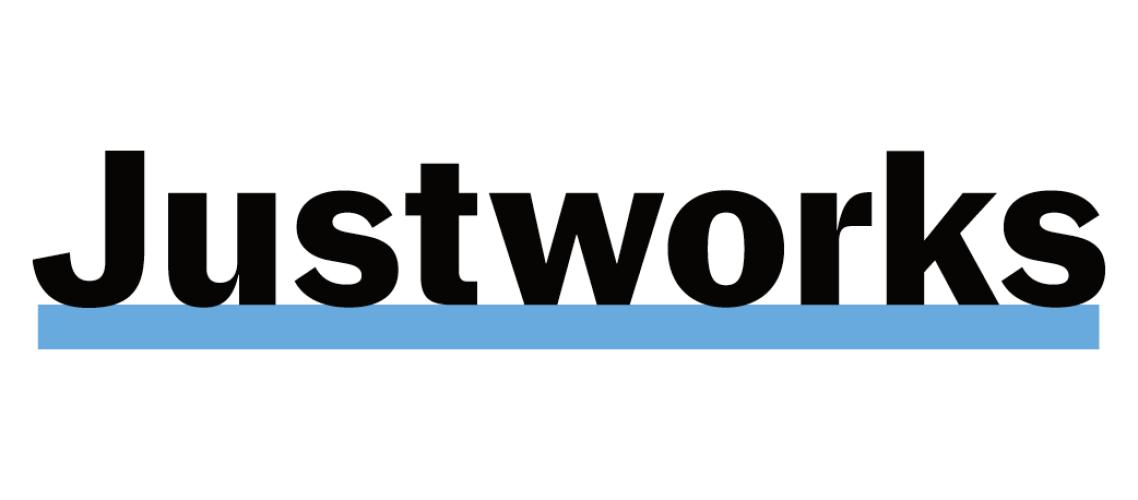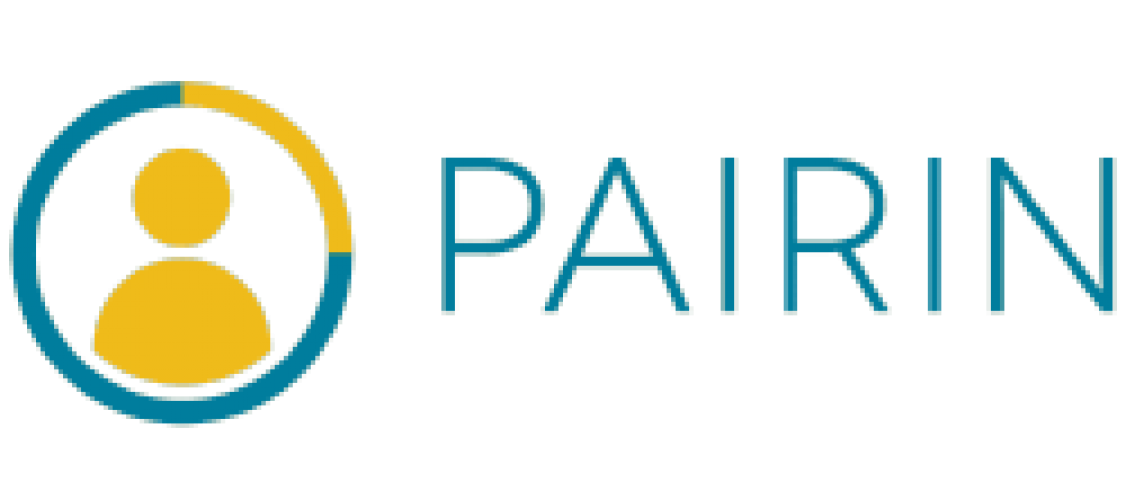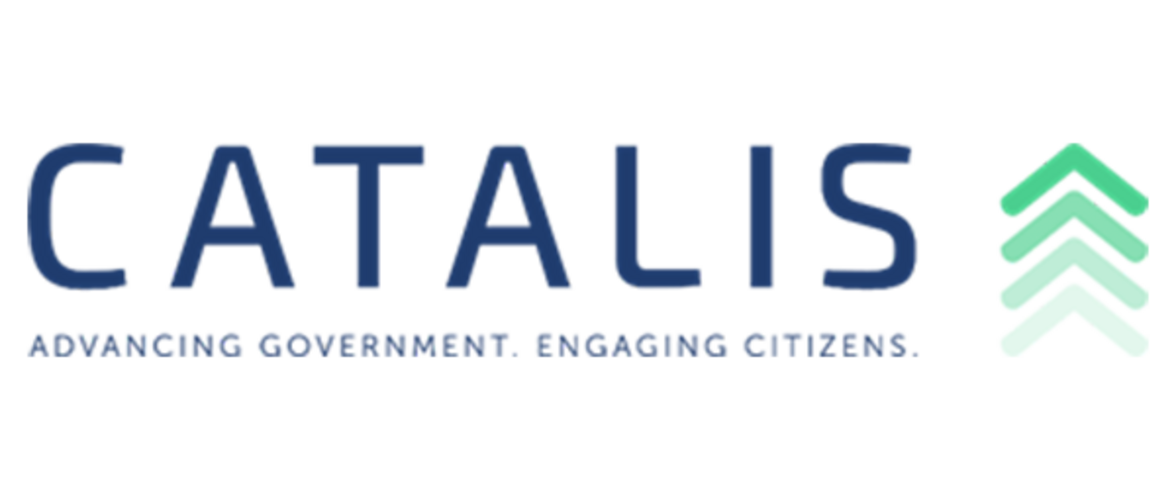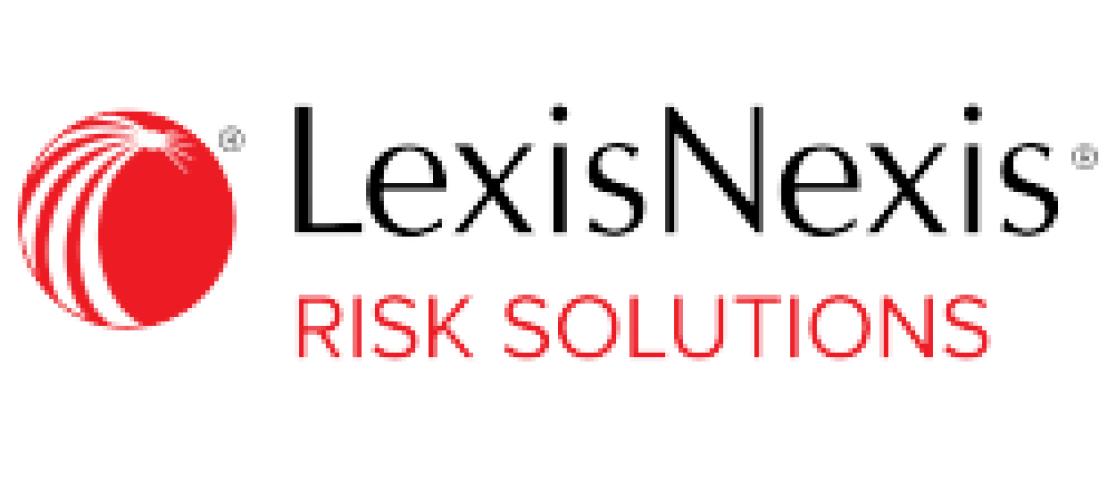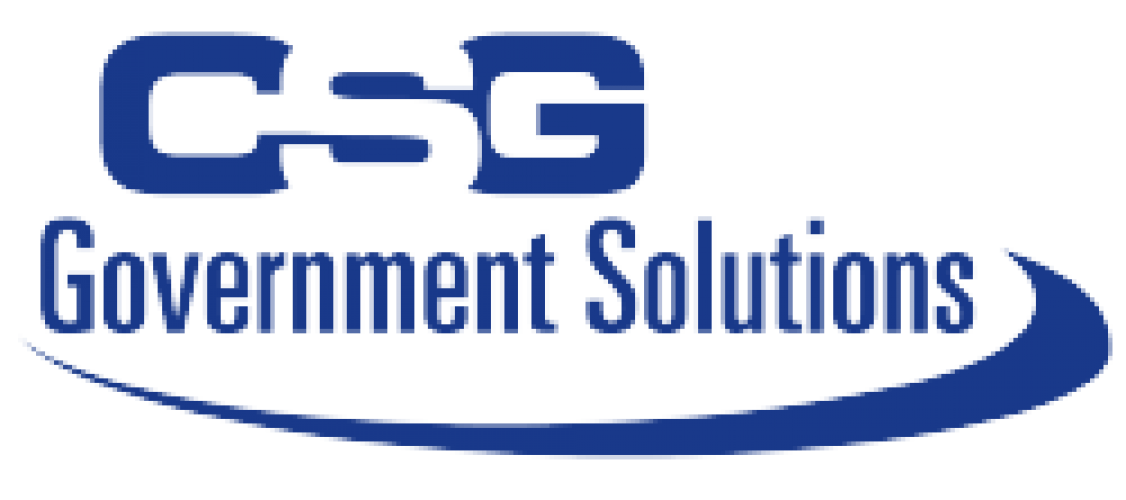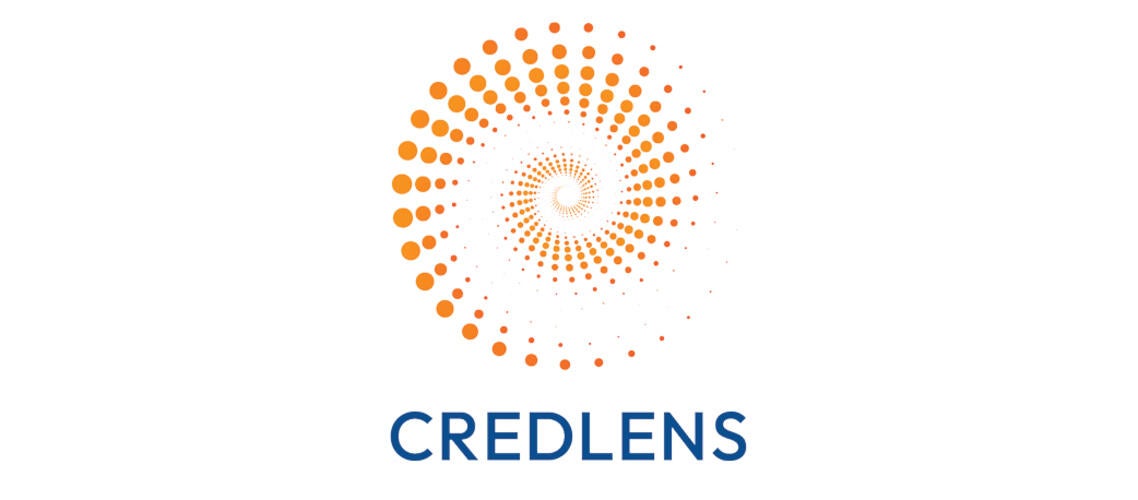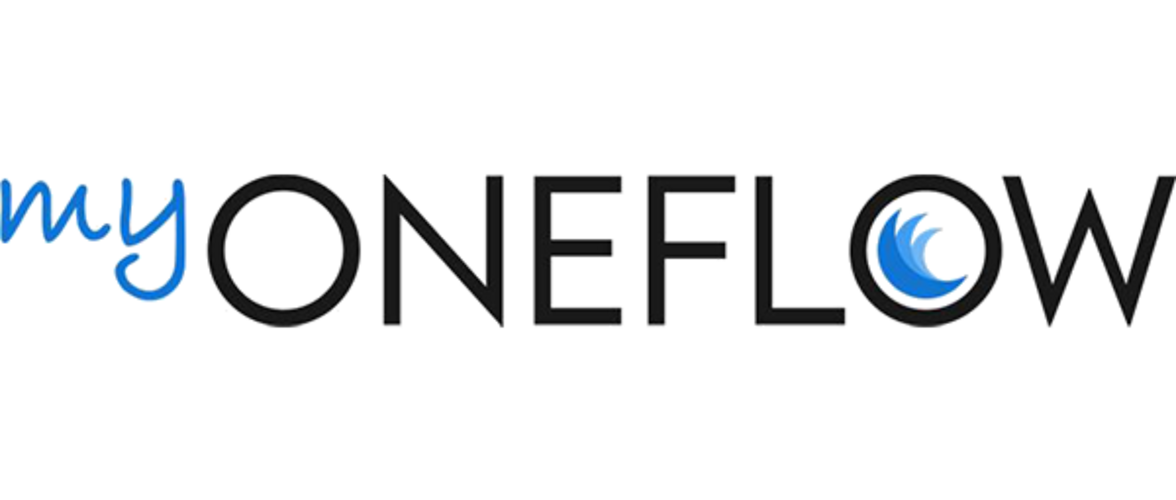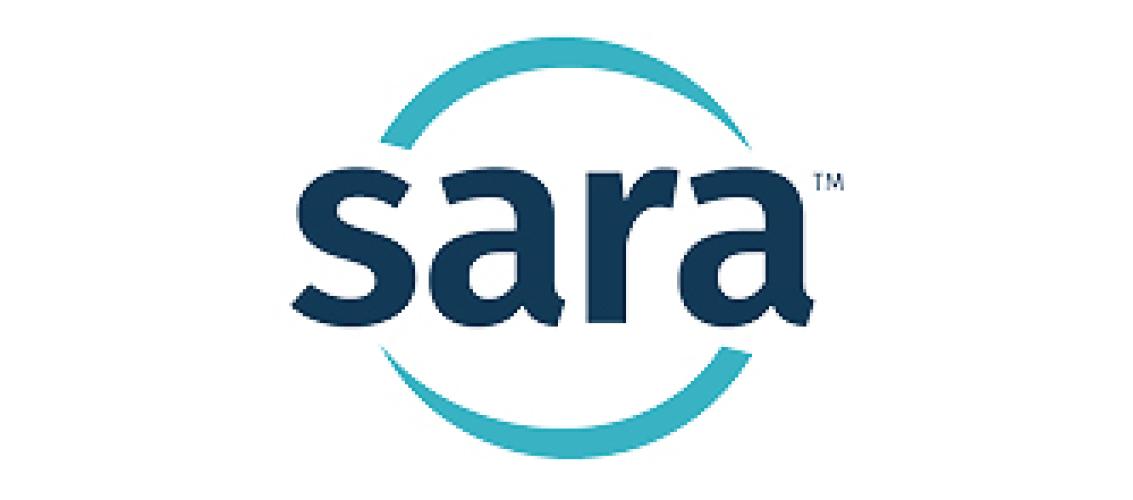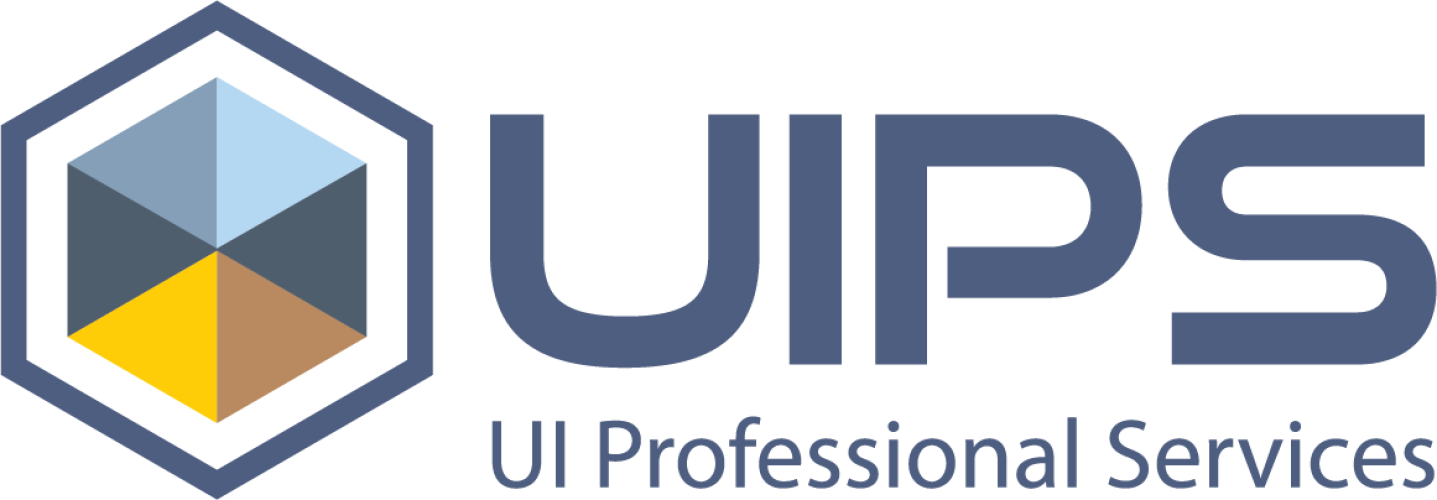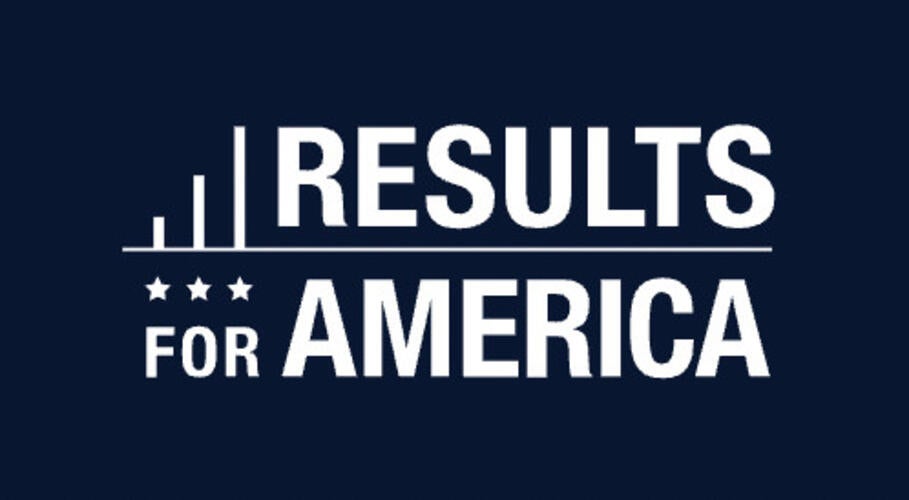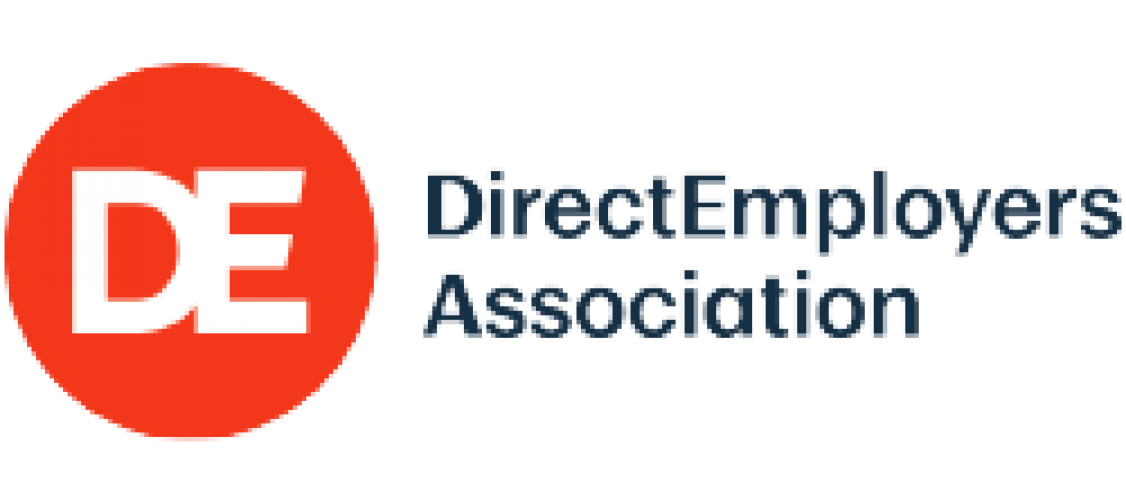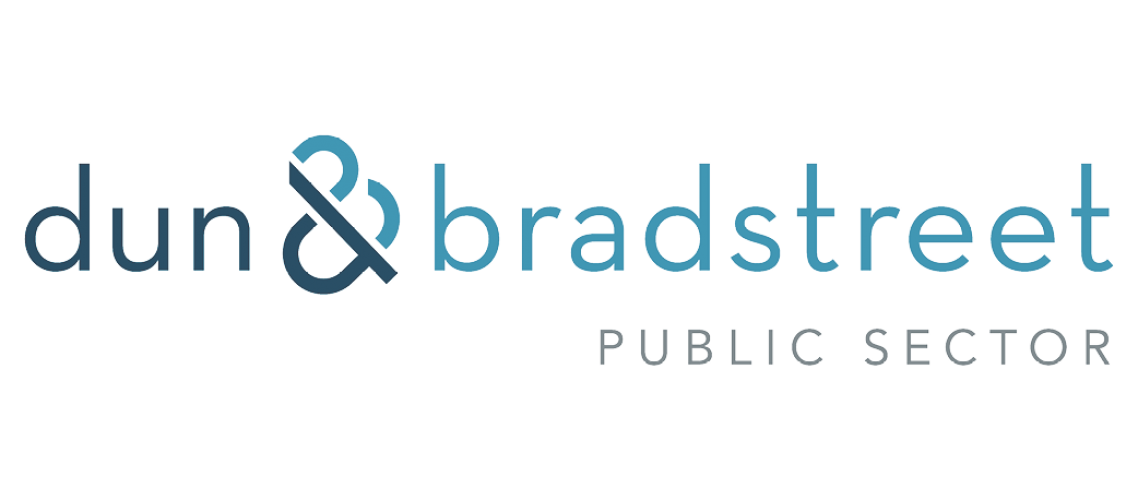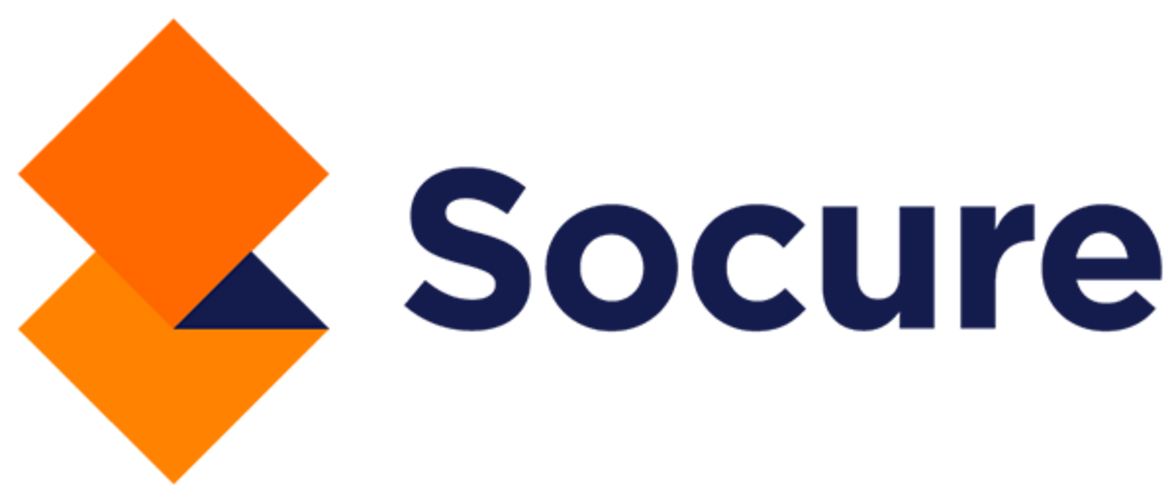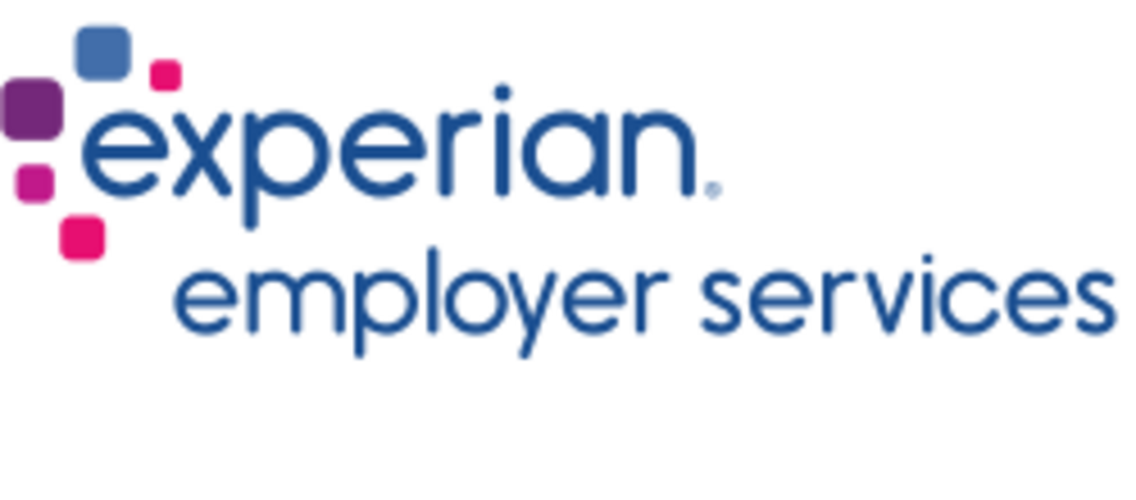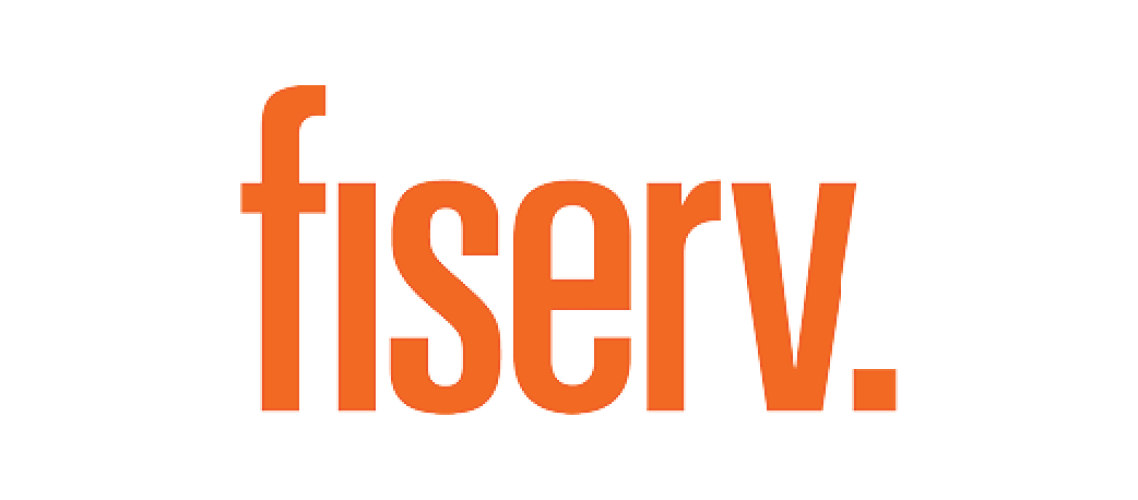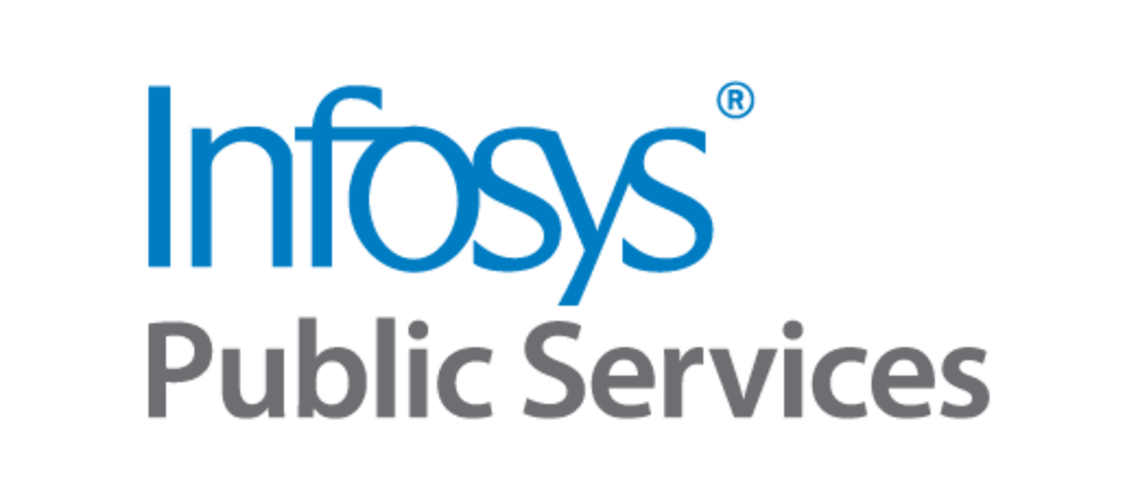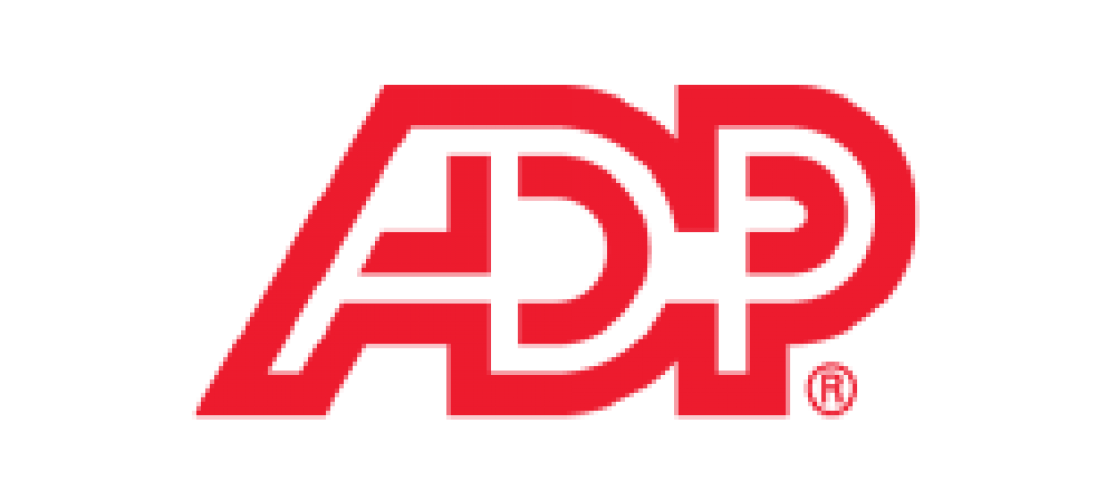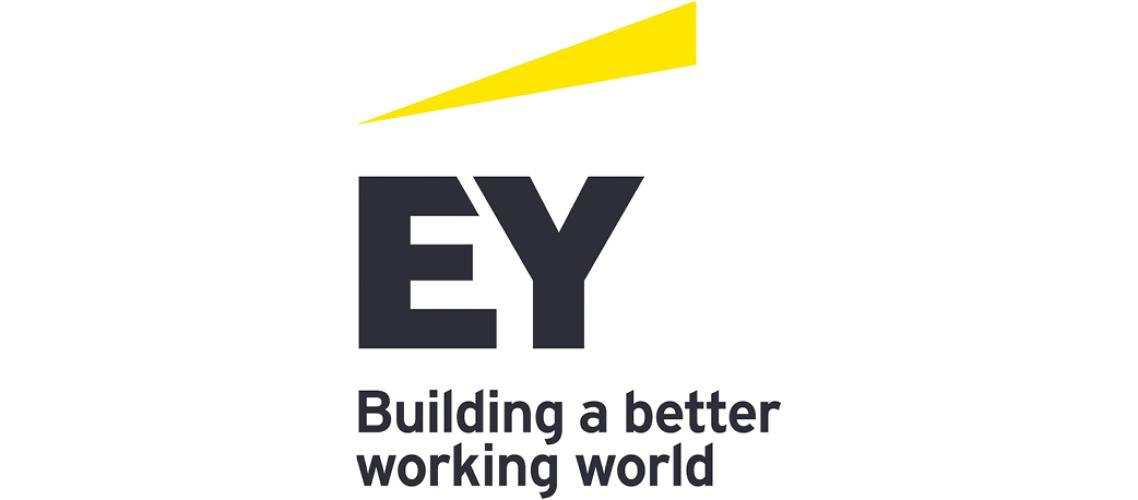The BI Beat - October 2024
Welcome to the BI Beat, a section dedicated to Behavioral Insights in NASWA's monthly newsletter. Here, states can stay informed about the latest developments in the field and learn more about what's happening in the world of Behavioral Insights!
Disasters are Tough -- Accessing DUA Shouldn't Be
You’re packing to move to a new house, surrounded by boxes and a long to-do list—canceling utilities, updating your address, scheduling movers. Amid the chaos, you forget to transfer your Wi-Fi service. Frustrated, you wonder, "How did I miss that?" It’s not that you don’t care; it’s because you’re overwhelmed by all the moving tasks.
Now, picture this on a larger scale after a natural disaster. Your home is damaged, you’ve lost your job, and you’re trying to apply for Disaster Unemployment Assistance (DUA) amidst the upheaval. With all the stress, deadlines, and urgent needs pressing on you, it’s no surprise if your application gets delayed, or even forgotten.
Natural disasters are becoming more frequent and severe. In 2024 alone (as of August 8), there have been 20 confirmed natural disasters with losses exceeding $1 billion each. Hurricanes, wildfires, and floods disrupt entire communities, leaving people struggling to rebuild their homes and lives while trying to cover basic needs. At the same time, they must navigate complex assistance programs, like DUA, to secure financial support.
In a disaster, people enter survival mode, focusing on immediate needs—shelter, food, clean water. Amplified by scarcity and cognitive overload, this tunnel vision makes long-term tasks like applying for assistance feel unmanageable.
Scarcity isn’t just a lack of resources like money or time. It’s also a shortage of attention and mental bandwidth. When people are experiencing scarcity, they tend to prioritize what is most urgent, often neglecting important, but complex, tasks, like applying for assistance. Cognitive load, the mental effort required to complete tasks, further strains individuals already under stress, making even simple processes feel overwhelming.
For disaster survivors, applying for DUA can be daunting. The process often involves understanding eligibility, gathering documents, and completing multiple steps—each requiring focus and energy. Many applicants delay, make mistakes, or miss deadlines, preventing them from receiving the assistance they need. As natural disasters become more frequent, these challenges become more widespread.
Recognizing how scarcity and cognitive load affects applicants can inform program policies. Small, behaviorally informed changes can ease the burden on applicants, helping them access support more quickly. Practical adjustments include:
- Using plain language and breaking the application into smaller, manageable steps.
- Sending reminders about key deadlines and tasks to help claimants stay on track.
- Providing online tools that auto-fill application sections using previously entered data.
- Offering visual aids like simple flowcharts or checklists to guide applicants through the process.
- Offering real-time support via helplines or live chat to reduce stress and confusion.
Scarcity and cognitive load aren’t abstract concepts; they shape people’s experiences when they need to apply for programs like DUA. If policymakers understand how these forces affect decision-making and behavior, they can incorporate solutions designed to facilitate how individuals approach these programs during difficult times. This way, applicants can better navigate life's unexpected challenges without adding to their cognitive strain.
Behavioral science provides us with tools to create solutions that ease the burden on applicants, allowing them to access the support they need during already difficult times. Small, targeted changes can make a sizeable difference for those who are often already at their mental and emotional limit.
Findings from the Field
Emergencies can be stressful, not only for prospective DUA claimants, but for the public servants who are delivering benefits. According to the People Lab, 1 in 3 public servants experienced burnout during the initial height of the COVID-19 pandemic from April to May 2020, and 1 in 4 reported symptoms of anxiety. Burnout can negatively influence both the mental health of public servants and the quality of the services they deliver. State Workforce Agencies can deploy behavioral insights strategies to reduce the risk of burnout among agency staff during times of crisis. This month we’re summarizing findings from a recent study that aimed to reduce burnout among medical professionals in a hospital’s emergency department.
Streamlining Staff Updates to Reduce Burnout.
Over the Summer and Fall of 2020, Ideas42 partnered with the emergency department (ED) of Massachusetts General Hospital to change the way updates to protocols and safety procedures were delivered to medical staff. In the early days of the pandemic, this information was sent to medical staff in sporadic and resource-intensive ways, like email updates and in-person roundtable meetings. To reduce the possible cognitive burden and subsequent burnout of having to search for updates in an email inbox or sit through long meetings, Ideas42 designed a new communication channel: a QR code. The research team designed flyers with QR codes that would link the users to a website with the most recent updates. They placed the QR codes in places that would be easy for medical staff to access, like the corners of computer monitors. The flyers were also bright green, so that the staff’s eyes would be easily drawn to them.
From June to October 2020, the research team monitored the number of times the QR codes were scanned, knowing there were around 400 staff in the ED. They found that, over this period, the QR codes were scanned 433 by 294 unique users. While additional research is needed to determine the overall efficacy of this intervention, this finding suggests that a large portion of staff used the QR codes to access updates. This finding can also be translated into a helpful takeaway for state workforce agencies: streamlining procedural updates during times of crisis could help to reduce the risk of burnout among DUA program staff.
Partner With NASWA BI
Interested in using behavioral insights to enhance the delivery of your states’ DUA program? Reach out to integrity@naswa.org to speak with NASWA’s Behavioral Insights team about the services we offer.





